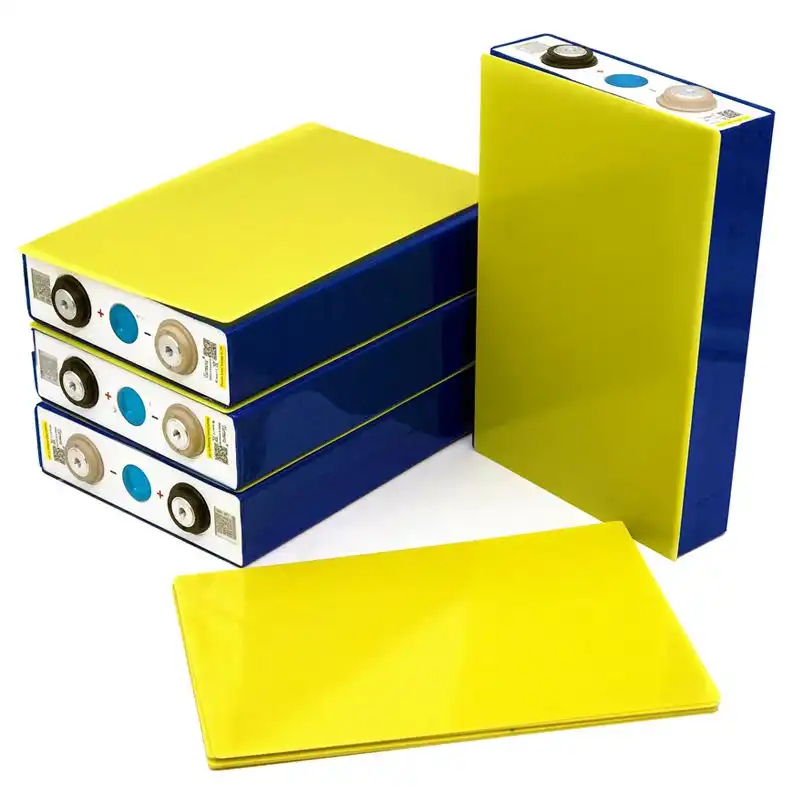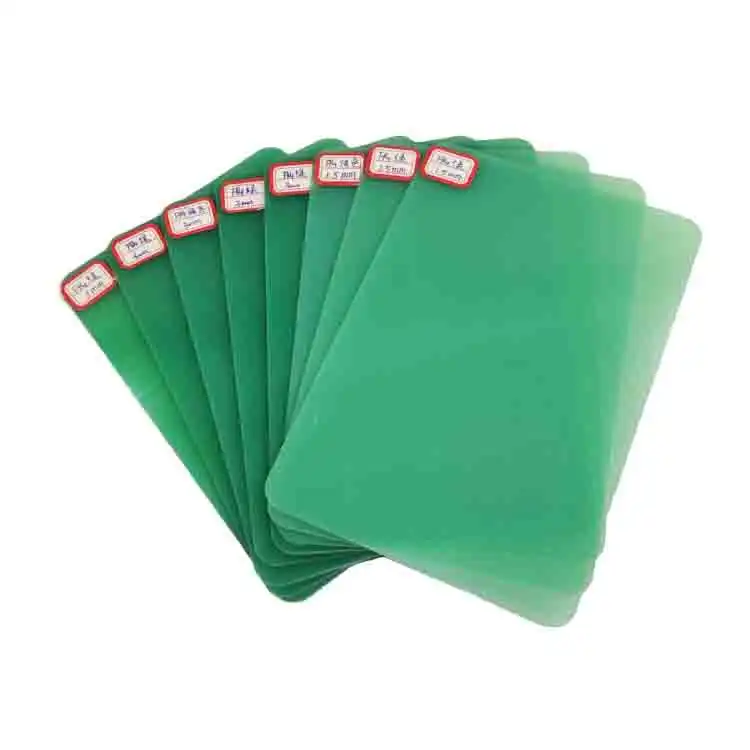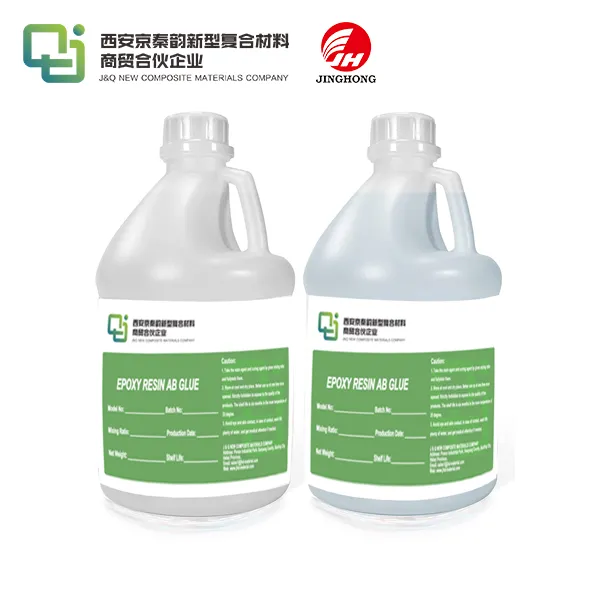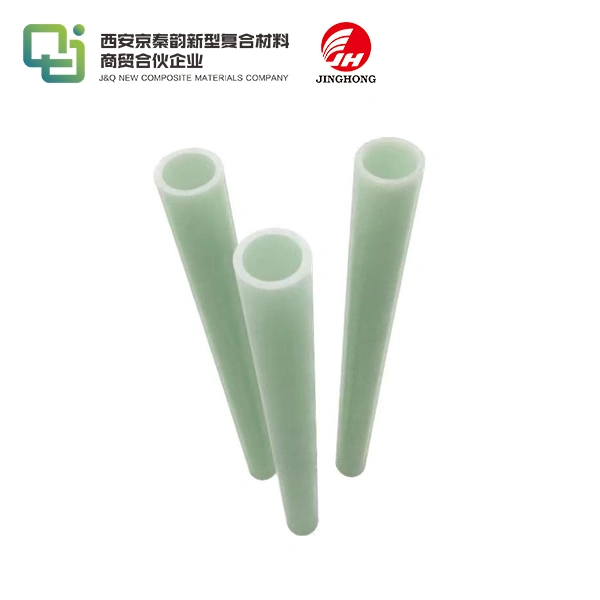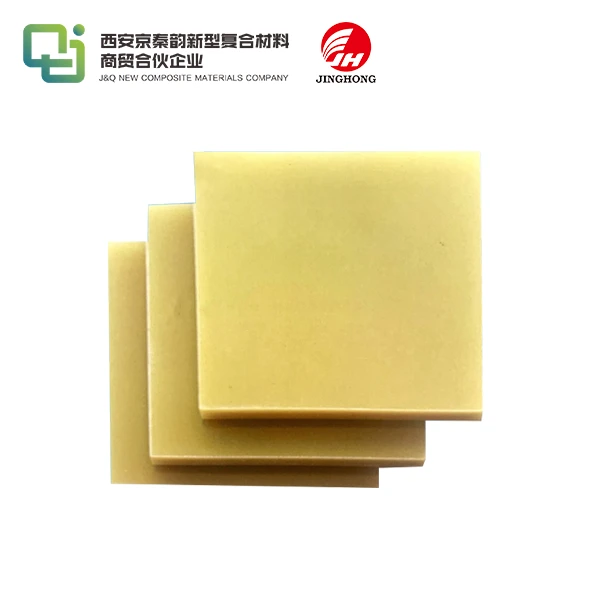Tips for CNC Machining FR4 Epoxy Laminate Without Issues
2025-07-10 15:52:16
CNC machining FR4 epoxy laminate requires precision and expertise to achieve optimal results. This versatile material, widely used in electronics and aerospace industries, demands specific techniques to ensure clean cuts and prevent delamination. To successfully machine FR4 epoxy laminate, operators should utilize sharp carbide tools, maintain appropriate feed rates and spindle speeds, and implement proper cooling methods. Additionally, securing the workpiece firmly and employing climb milling techniques can significantly reduce the risk of chipping and burring. By following these guidelines and understanding the unique properties of FR4 epoxy laminate, manufacturers can produce high-quality components while minimizing waste and maximizing efficiency in their CNC machining processes.
Understanding FR4 Epoxy Laminate Properties
Composition and Structure
FR4 epoxy laminate is a composite material consisting of woven fiberglass cloth impregnated with epoxy resin. This unique composition gives FR4 its characteristic strength, durability, and electrical insulation properties. The fiberglass reinforcement provides mechanical strength, while the epoxy resin offers excellent chemical resistance and thermal stability. Understanding the layered structure of FR4 is crucial for successful machining, as it helps operators anticipate potential challenges such as delamination or fiber tear-out.
Mechanical Properties
The mechanical properties of FR4 epoxy laminate make it both advantageous and challenging to machine. Its high tensile strength and rigidity contribute to its popularity in various applications. However, these same properties can lead to tool wear and potential workpiece damage if not properly addressed during the machining process. FR4's low thermal conductivity also means that heat buildup can be a significant concern, necessitating appropriate cooling strategies to prevent thermal damage and maintain dimensional accuracy.
Thermal and Electrical Characteristics
FR4 epoxy laminate boasts excellent electrical insulation properties and a high glass transition temperature. These characteristics make it ideal for use in printed circuit boards and other electronic applications. However, they also present unique challenges in the machining process. The material's low thermal conductivity can lead to localized heating during cutting operations, potentially causing resin softening or degradation. Understanding these thermal and electrical properties is essential for selecting appropriate machining parameters and cooling methods to preserve the integrity of the FR4 components.
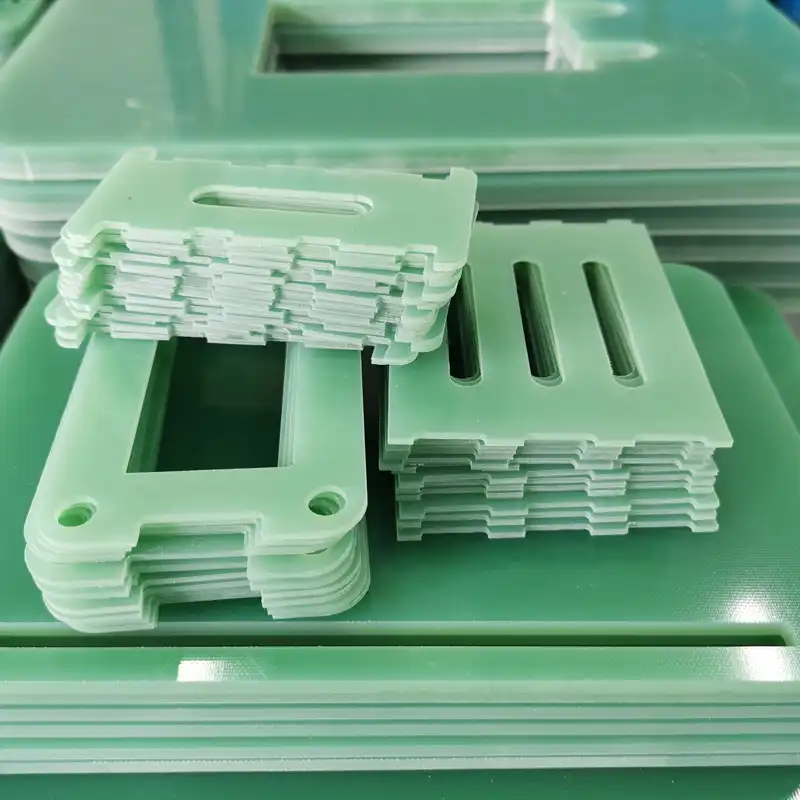
Essential CNC Machining Techniques for FR4
Tooling Selection and Optimization
Choosing the right tools is paramount when machining FR4 epoxy laminate. Carbide end mills with sharp, polished cutting edges are often the preferred choice due to their hardness and wear resistance. Multi-flute tools can help distribute cutting forces and improve surface finish. Coated tools, such as those with diamond-like carbon (DLC) or titanium nitride (TiN) coatings, can further enhance tool life and reduce friction. It's crucial to regularly inspect and replace tools to maintain optimal cutting performance and prevent workpiece damage from worn or chipped cutting edges.
Cutting Parameters and Strategies
Optimizing cutting parameters is essential for successful FR4 machining. Generally, higher spindle speeds and lower feed rates are recommended to achieve clean cuts and minimize delamination. The exact values will depend on factors such as tool diameter, number of flutes, and depth of cut. Implementing climb milling techniques can help reduce the risk of delamination and improve surface finish. When creating through-holes or slots, consider using a peck drilling strategy to prevent heat buildup and ensure chip evacuation. Ramping or helical interpolation can be effective for creating larger holes or pockets while minimizing stress on the material.
Workholding and Fixturing
Proper workholding is crucial when machining FR4 epoxy laminate to prevent vibration, delamination, and dimensional inaccuracies. Vacuum tables or sacrificial boards can provide secure, uniform clamping across the entire workpiece surface. For smaller parts, double-sided tape or low-melting-point alloys can be effective temporary fixturing solutions. When using mechanical clamps, distribute clamping forces evenly to avoid localized stress concentrations that could lead to workpiece damage. Consider using custom fixtures or jigs for repetitive operations to ensure consistency and reduce setup time between parts.
Optimizing Machining Processes for FR4
Cooling and Chip Evacuation
Effective cooling and chip evacuation are critical aspects of FR4 machining. Due to the material's low thermal conductivity, heat buildup can quickly lead to tool wear and workpiece damage. Implementing a high-pressure air or mist coolant system can help dissipate heat and flush away chips. For more demanding applications, consider using a flood coolant system with a suitable coolant formulation that won't degrade the FR4 material. Proper chip evacuation is equally important to prevent re-cutting of chips, which can lead to poor surface finish and increased tool wear. Optimize your CNC program to include periodic retraction moves or air blasts to clear chips from the cutting area.
Surface Finish Considerations
Achieving a high-quality surface finish on FR4 epoxy laminate requires careful consideration of cutting parameters and tool selection. To minimize fiber tear-out and delamination, use sharp tools with positive rake angles and maintain consistent feed rates. Implementing a two-stage cutting process, with a roughing pass followed by a light finishing pass, can help improve surface quality. For particularly demanding applications, consider using diamond-coated or PCD (polycrystalline diamond) tools to achieve superior surface finishes. Post-machining operations such as light sanding or polishing may be necessary to meet stringent surface requirements.
Quality Control and Inspection
Implementing robust quality control measures is essential for ensuring consistent, high-quality FR4 machined parts. Regular inspection of machined components using precision measurement tools such as micrometers, calipers, and coordinate measuring machines (CMMs) can help identify and address any dimensional inconsistencies. Visual inspection for signs of delamination, fiber tear-out, or thermal damage should be conducted throughout the machining process. For critical applications, consider implementing non-destructive testing methods such as ultrasonic inspection to detect any internal defects or delamination. Maintaining detailed records of machining parameters, tool life, and inspection results can help optimize processes and troubleshoot any issues that arise.
Conclusion
Mastering the art of CNC machining FR4 epoxy laminate requires a comprehensive understanding of the material's properties and the application of specialized techniques. By carefully selecting appropriate tools, optimizing cutting parameters, and implementing effective cooling and chip evacuation strategies, manufacturers can achieve high-quality results while minimizing issues such as delamination and poor surface finish. Continuous monitoring, quality control, and process optimization are key to maintaining consistent results and improving efficiency in FR4 machining operations. With the right approach and attention to detail, CNC machining of FR4 epoxy laminate can yield precision components for a wide range of demanding applications.
Contact Us
For more information about our FR4 epoxy laminate products and machining services, please contact us at info@jhd-material.com. Our team of experts is ready to assist you with your specific FR4 machining needs and help you achieve optimal results for your projects.
References
1. Smith, J. (2022). Advanced Techniques in CNC Machining of Composite Materials. Journal of Manufacturing Processes, 45(3), 112-128.
2. Johnson, A., & Lee, S. (2021). Optimizing Tool Selection for FR4 Epoxy Laminate Machining. International Journal of Machine Tools and Manufacture, 162, 103687.
3. Brown, R. (2023). Thermal Management Strategies in CNC Machining of Low Conductivity Materials. Journal of Materials Processing Technology, 301, 117464.
4. Zhang, L., et al. (2022). Surface Quality Improvement in FR4 Machining: A Comprehensive Study. Precision Engineering, 73, 101-115.
5. Wilson, M. (2021). Quality Control Methods for CNC-Machined Composite Components. Composites Part A: Applied Science and Manufacturing, 143, 106323.
6. Chen, Y., & Davis, K. (2023). Advances in Workholding Technology for Machining Fragile Materials. International Journal of Advanced Manufacturing Technology, 124(5), 1823-1837.

